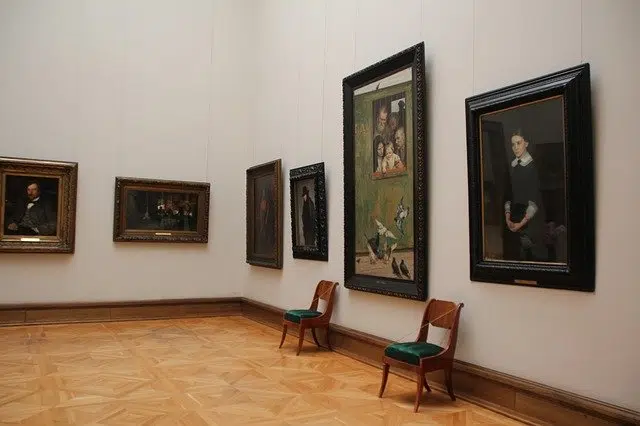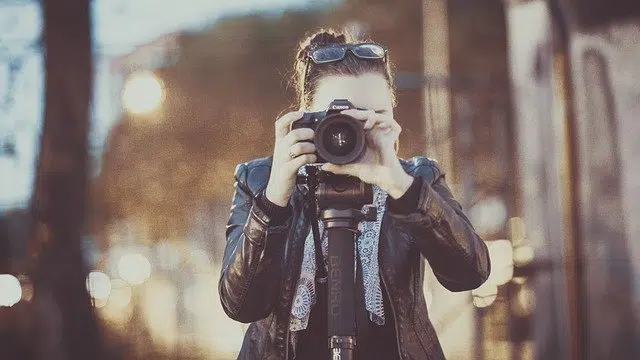
An exhibition can be an artistic, cultural or scientific exhibition.
Exposition is the action and effect of exposing (presenting something so that it can be seen, manifesting it, talking about something to make it known). The term has its origin in the Latin expositĭo .
More precisely, we could say that the Latin verb exponere is the one that acts as the etymological origin of the term exhibition. Specifically, that word is made up of the union of the prefix ex , which means “from” or “from the inside to the outside,” and the word ponere , which is equivalent to “to place.” For this reason, exposere could be translated as “exhibit or place outside.”
Exposition as explanation
An exposition can be an explanation of a topic or issue .
For example: “The expert was very clear in his presentation and detailed why installing a factory next to the river is a bad idea,” “The deputy's presentation lasted two and a half hours,” “The judge listened carefully to the presentation.” of the accused and called an intermediate room .
An artistic, cultural or scientific exhibition
The public presentation of objects or pieces for artistic, scientific or cultural purposes is also known as an exhibition, as is the set of items on display: “Tomorrow I am going to go to an exhibition by Salvador Dalí” , “The new exhibition of industrial machinery “It has been a success” , “Thousands of people gathered at the museum to attend the exhibition of the Uruguayan artist” .
In this sense we could say that what the different museums that exist throughout the world do is offer their visitors the possibility of enjoying the different exhibitions they have, in which everything from works of art to objects can be admired. historical through ethnographic elements or any other typology.

In the field of photography, exposure refers to the amount of light that reaches the sensor or photosensitive material of the camera.
Permanent, temporary and universal exhibitions
Likewise, and following this line, it should be highlighted the fact that in any museum, also called an exhibition center, we find two types of exhibitions. In this way, there are the permanent ones, which are those that form part of the background of the cultural space and that can always be admired and visited. In the case, for example, of the Louvre Museum in Paris, some of its jewels in this category are paintings such as “La Gioconda”, by Leonardo da Vinci, or “Liberty Leading the People”, by Delacroix.
Secondly, and as we mentioned above, there are temporary collections. These are those that are not properly part of the documentary collection of the exhibition center but, through agreements or agreements, are made available to the public on a specific date and for a specific period of time.
A universal exhibition is known as a type of exhibition organized by the Bureau International des Expositions (BIE) that seeks to show technological advances and the latest artistic expressions.
The concept in photography and in other areas
For photography , exposure is the amount of light that the photosensitive material or sensor receives so that an image is formed. Exposure is measured in lux seconds and expresses the combination of time and illumination level.
Exposure is also the action of exposing someone or something to the effects of other agents . It is possible to speak of radiation exposure when a person is placed in a place where they absorb ionizing radiation.
